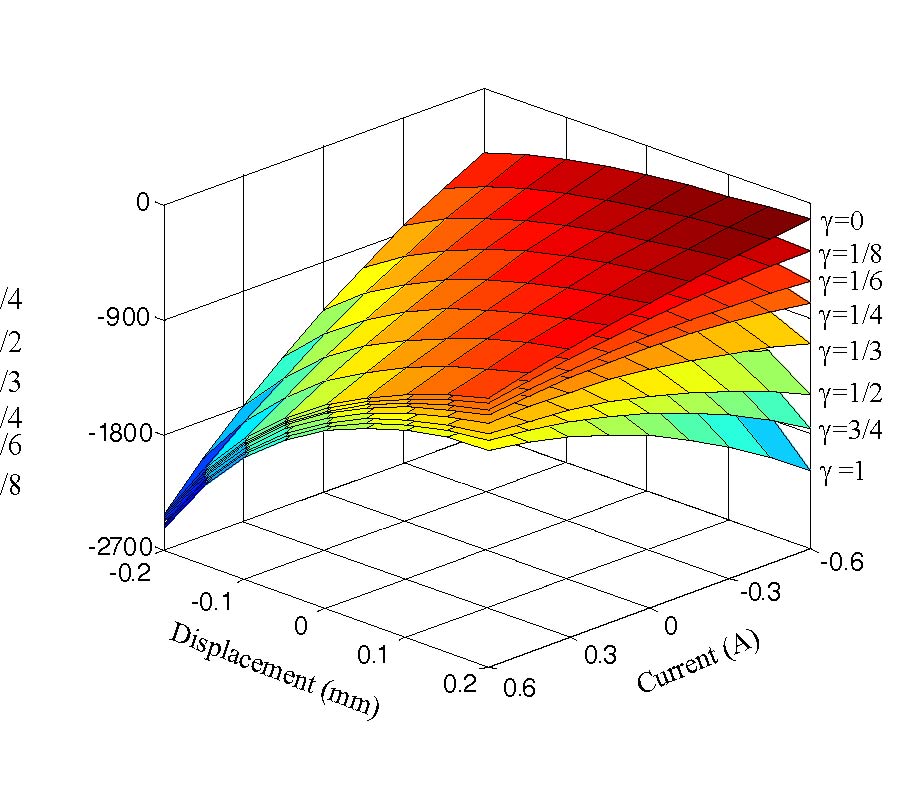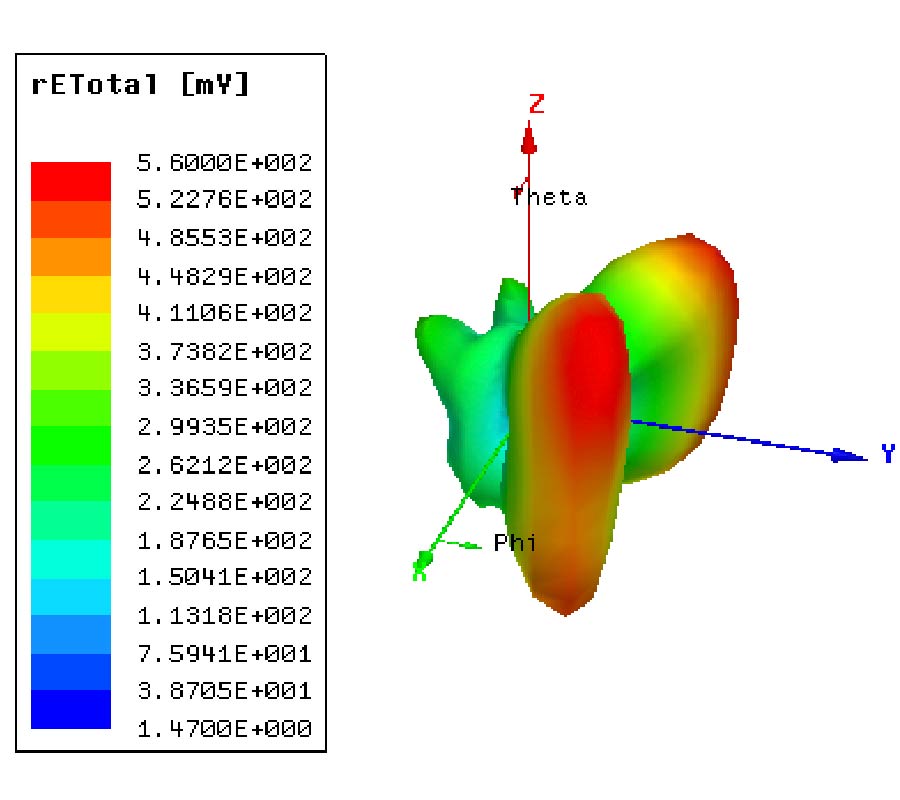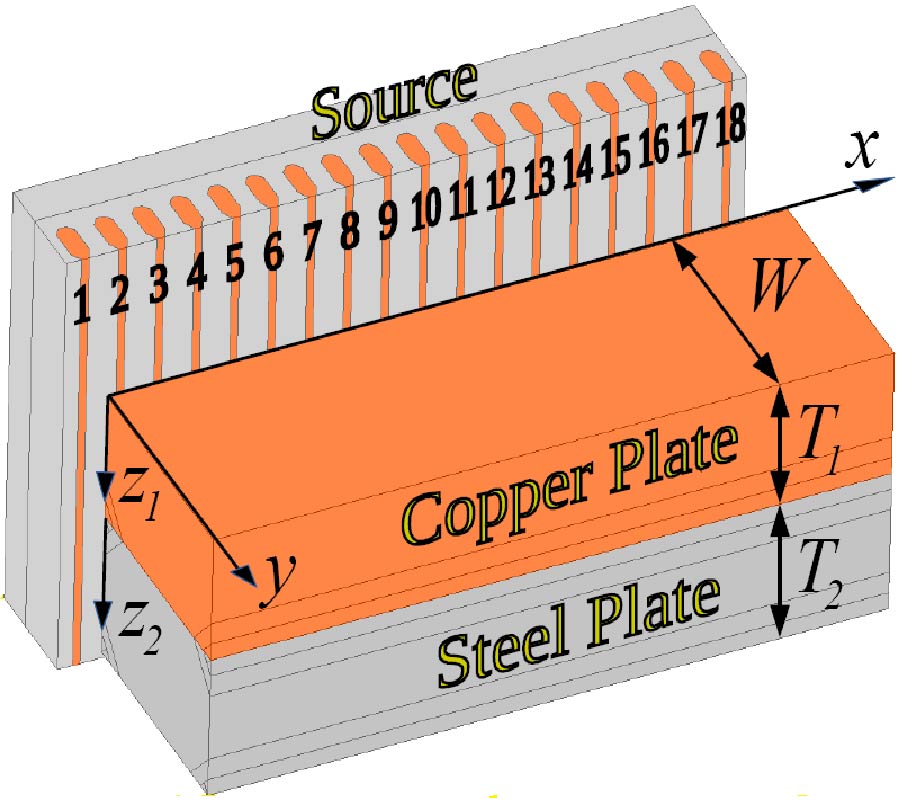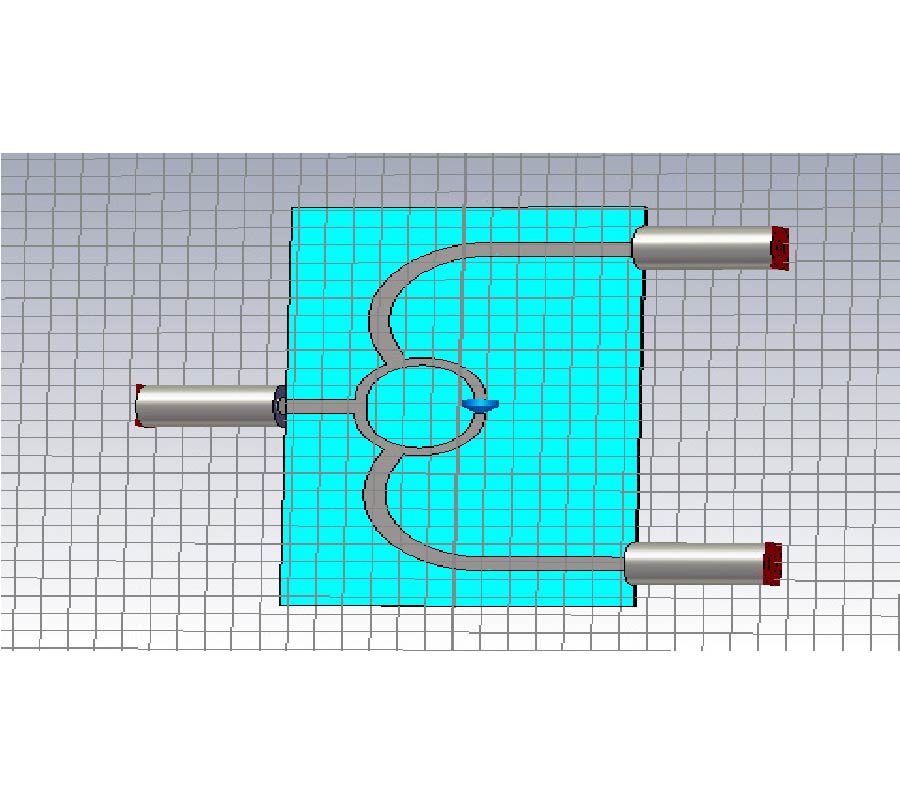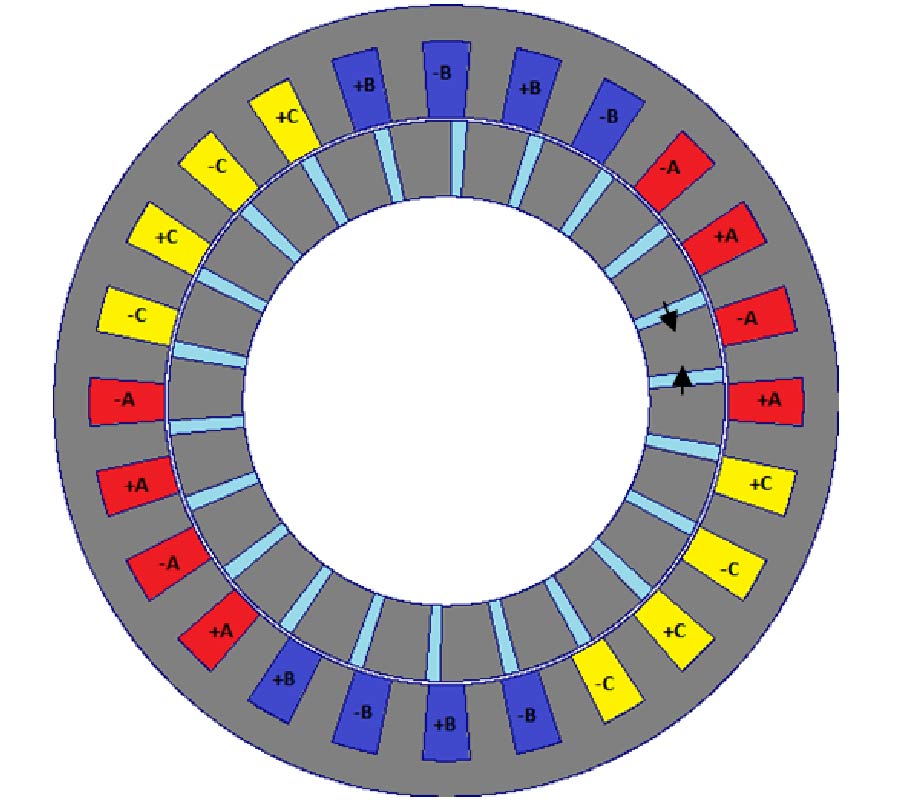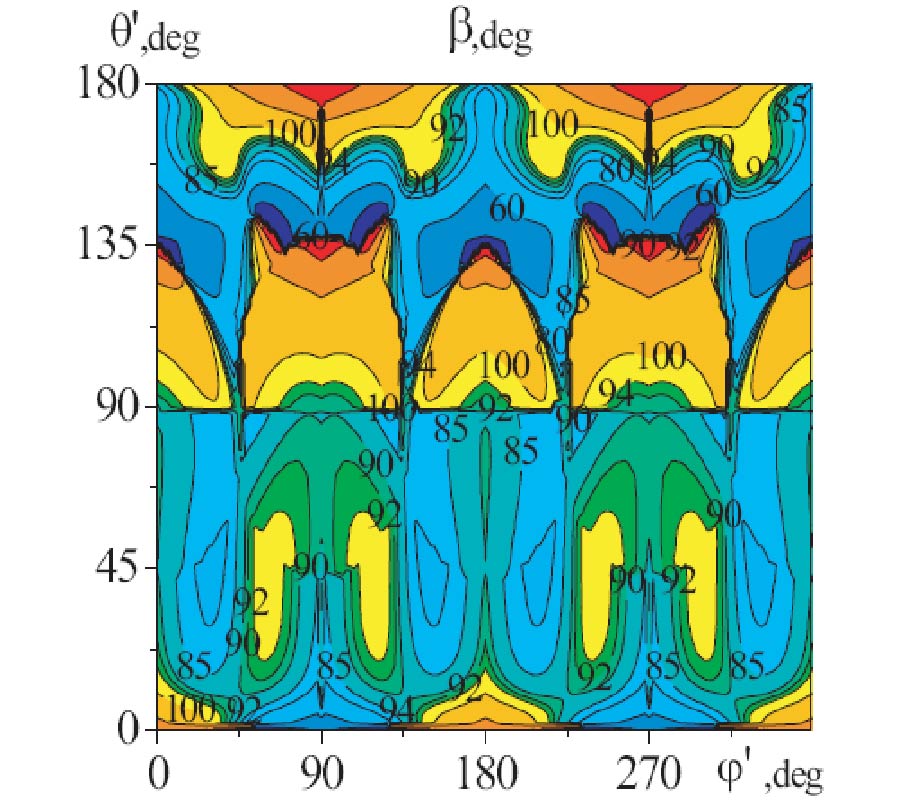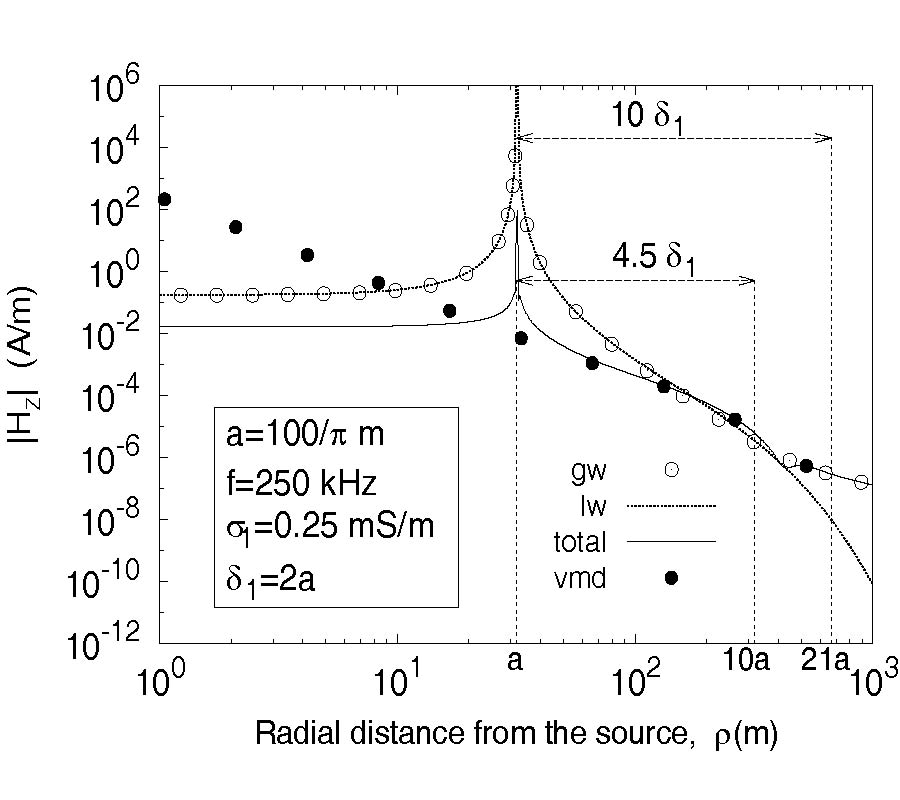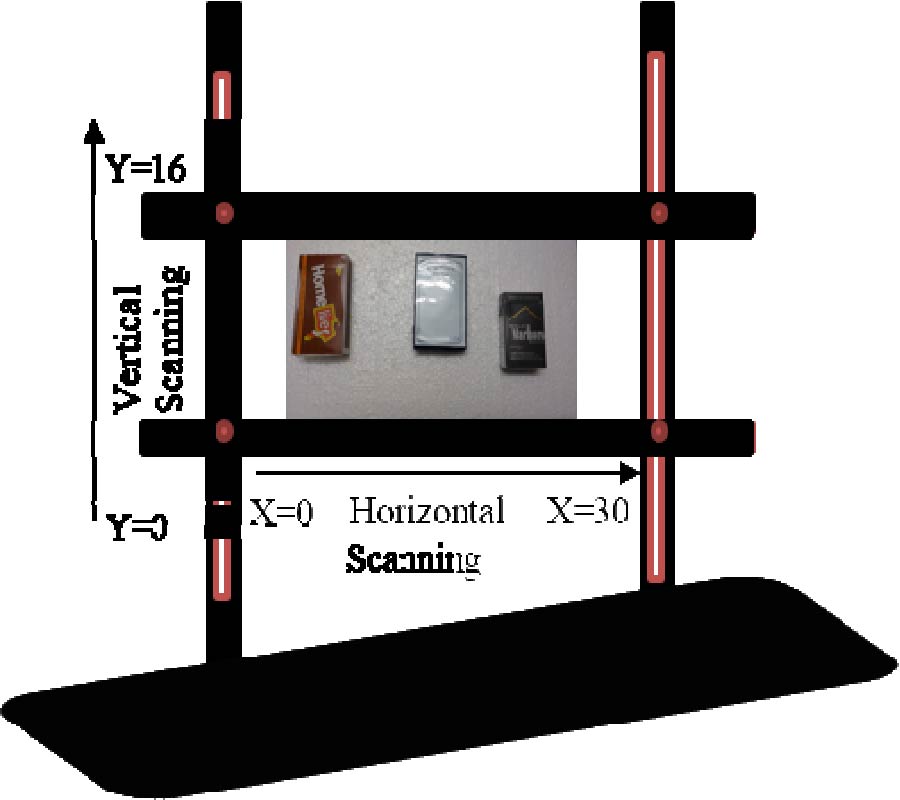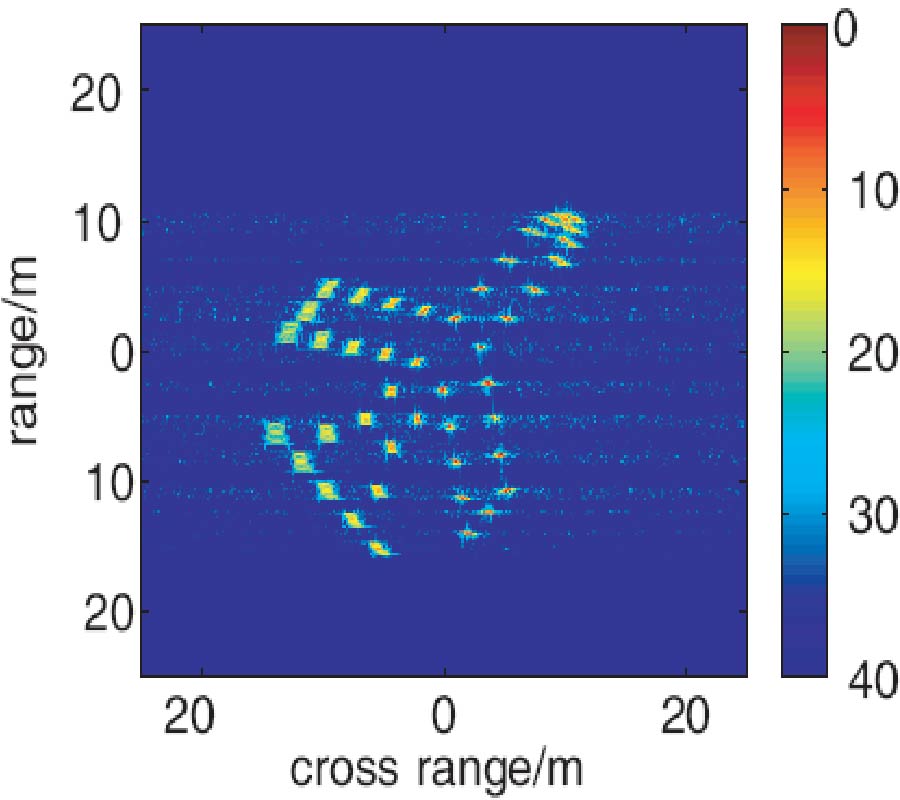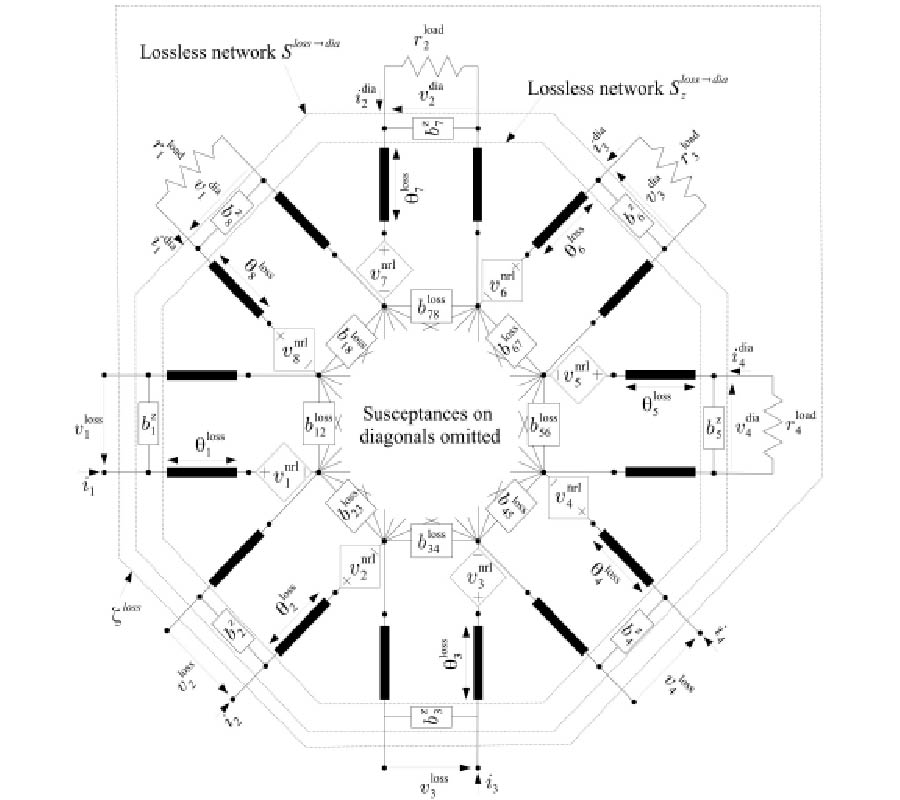Reduction of PCB PDN Impedance and Radiated Emissions Using a Hybrid Technique with Absorbing Materials and Decoupling Capacitors
Shaowu Huang,
Gary Charles,
Kai Xiao and
Beomtaek Lee
In this paper we present an approach to reduce the cavity resonant edge effects in printed circuit boards (PCBs) and semiconductor packages. Power supply noise, in the form of fast changing currents (di/dt), traverses the power-return paths of PCBs and semiconductor packages using power vias. The cavity effects produce considerable level of noise along the edges of PCB and integrated circuit (IC) package power planes due to signal coupling between vias and reflection from PCB edges with transient currents. The cavity effects also amplify the electromagnetic radiation from PCB edges, which are major sources of EMI/EMC problems in electronic devices. By using absorbing material and decoupling capacitors (de-caps) on power distribution networks (PDNs), we observe considerable mitigation in impedance noise, signal noise and electromagnetic interference/compatibility (EMI/EMC) issues caused by the cavity effects. In particular, simulation results show notable reduction of upper peak (anti-resonant) impedance noise and reduction in radiated emissions by as much as 20 dB. This article presents a comparative case-study using various models (Section 3) and report on their effectiveness to reduce the cavity effects. The models are listed as (1) "Original" model, (2) "Absorbing material along the edge" model, (3) "MURATA based De-cap only" model and (4) "Absorbing material along the edge w/ De-cap" model. The used capacitance ranges between 0.1 μF and 22 μF. The ESR and ESL range between 2 mOhm-20 mOhm and 238 pH-368 pH, respectively. Conclusively, we learn by adding absorbing material along the PCB edges with a few decoupling capacitors. The PDN impedance noise is improved, and EMI issues in PCBs and semiconductor packages suppress the cavity effects.
